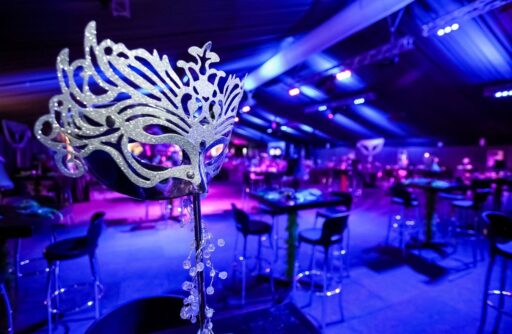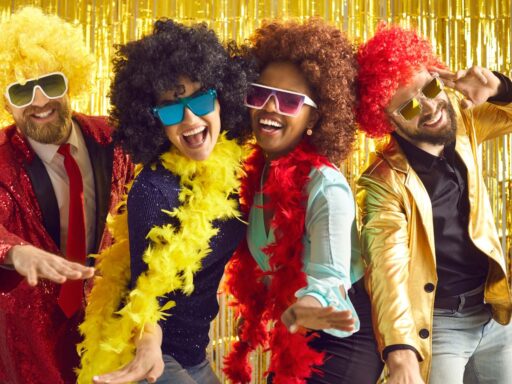Table of Contents
Mastering Event Design: Understanding Your Audience is The Foundation of Unforgettable Events
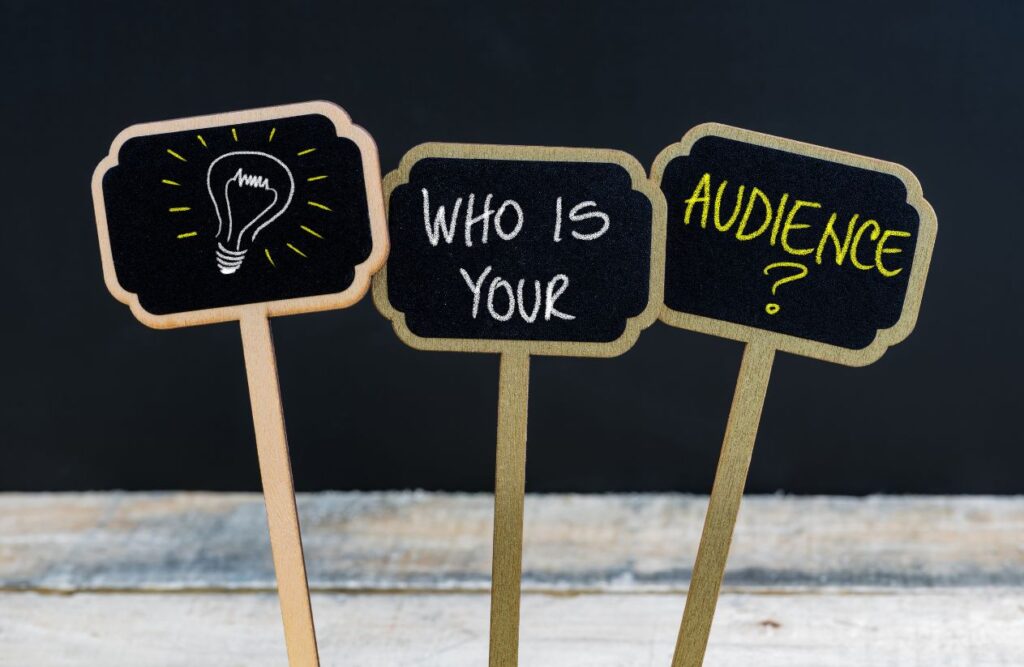
Creating an event that leaves a lasting impression on your attendees starts with a thorough understanding of who they are.
Knowing your audience is not just about recognizing their demographics or professional backgrounds; it’s about delving into their interests, expectations, and what they seek to gain from attending your event.
This foundational step is crucial in designing an event that not only meets but exceeds the anticipations of its attendees.
Identifying Your Attendee Profile
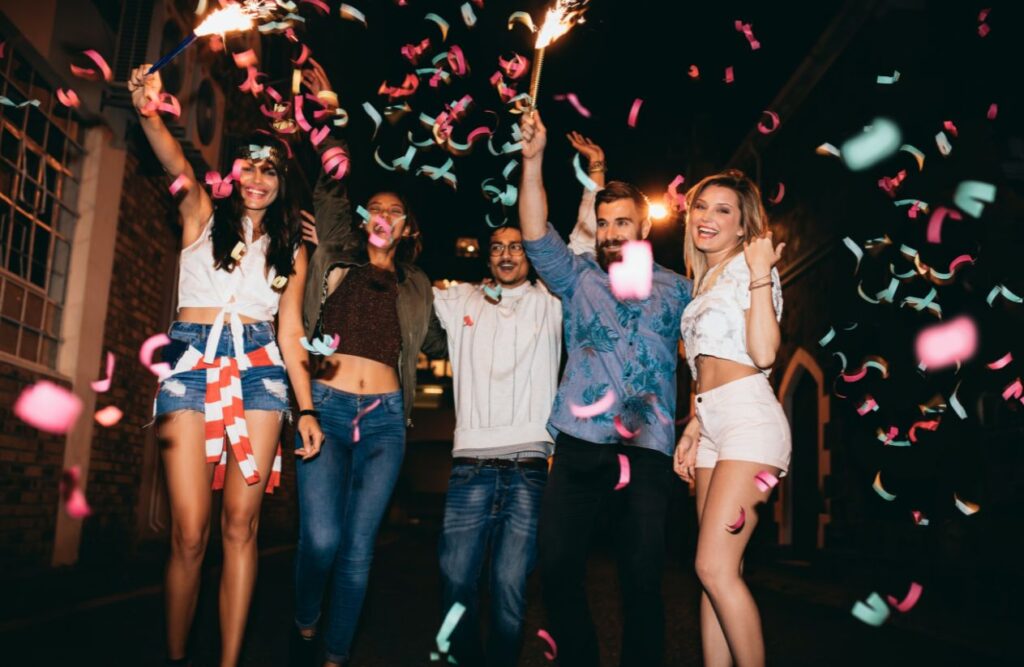
The first step in understanding your audience is to construct detailed profiles of your potential attendees.
This involves collecting data on their age range, professional field, interests, and even challenges they hope to overcome by attending your event.
Surveys, social media analytics, and past event feedback can provide valuable insights into your audience’s preferences and needs.
Crafting these profiles allows you to tailor your event content, themes, and activities to align with your attendees’ expectations, creating a more personalized and engaging experience.
Engaging Through Tailored Content
Once you have a clear picture of your attendee profiles, the next step is to design your event’s content to cater to their interests and needs.
This could mean selecting speakers who are thought leaders in the relevant fields or creating breakout sessions that address specific industry challenges.
It’s also important to consider the format and delivery of your content.
In today’s digital age, incorporating interactive elements like live polls, Q&A sessions, and virtual networking opportunities can significantly enhance participant engagement and satisfaction.
Fostering a Sense of Community

An unforgettable event does more than just inform; it connects. Building a sense of community among attendees is vital for creating a memorable experience.
This involves encouraging interaction not just between attendees and speakers, but also amongst the attendees themselves.
Facilitating networking opportunities, creating spaces for informal interactions, and using social media platforms to continue conversations beyond the event are all effective strategies.
When attendees feel part of a community, the event becomes more than just a gathering—it transforms into a shared experience that resonates on a personal level.
Understanding your audience and tailoring your event design to meet their specific needs and preferences is not just beneficial—it’s essential for crafting unforgettable events.
By focusing on creating attendee profiles, delivering tailored content, and fostering a strong sense of community, you can ensure your event stands out and provides meaningful experiences that inspire and connect.
Design Elements That Capture Attention and Create Atmosphere

When orchestrating an event, the power of visual and sensory elements can’t be overstated.
These components play a pivotal role in setting the mood, engaging attendees, and ensuring your event remains etched in their memories long after its conclusion.
From color schemes and lighting to decor and spatial arrangements, every detail contributes to the overall atmosphere and theme of the event. Below are key design elements to consider for capturing attention and creating an immersive atmosphere.
Color Theory in Event Design
Color is one of the first things that guests notice. It can evoke emotions, convey messages, and create depth.
The psychology of color can be leveraged to set the tone for your event. For instance, blues and greens often evoke a sense of calm and professionalism, making them ideal for corporate events, while vibrant colors like reds and oranges can energize and excite, perfect for galas or product launches.
When selecting a color palette, consider the mood you wish to establish and how colors can complement your theme.
By integrating your color scheme throughout your event space, from table linens to lighting, you create a cohesive and captivating environment.
Lighting: The Unsung Hero of Atmosphere
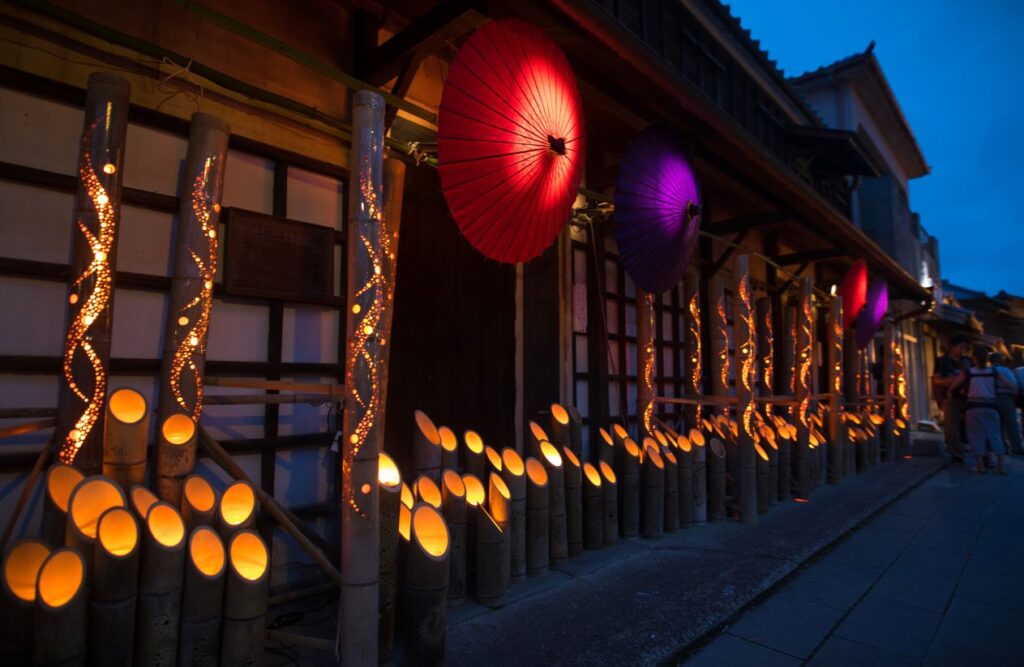
Lighting is a transformative element that goes beyond mere visibility. It shapes the event’s ambiance, highlights focal points, and can even influence the mood and behavior of attendees.
Soft, warm lights can create a welcoming and intimate setting, while cool, dynamic lighting can energize the room and encourage interaction.
Innovative use of lighting, such as LED installations, projection mapping, and intelligently placed spotlights, can transform a mundane space into a spectacular one.
Moreover, lighting can be used to direct attention, emphasize important areas, or subtly shift the event’s mood as it progresses from one phase to another.
Innovative Decor and Spatial Dynamics
Decor and spatial arrangements are fundamental in creating a memorable event experience.
They are what turn an empty room into an immersive environment that reflects the purpose and personality of your event.
Custom installations, thematic decorations, and interactive elements not only embellish the space but also engage attendees’ senses and spark conversations.
Furthermore, the layout of the space plays a crucial role in the flow of the event. Thoughtful arrangement of furniture and decor can facilitate networking, highlight key areas like stages or exhibits, and ensure the comfort and mobility of guests.
Innovative use of space and decor can surprise and delight attendees, leaving a lasting impression.
Technology and Innovation in Modern Event Planning
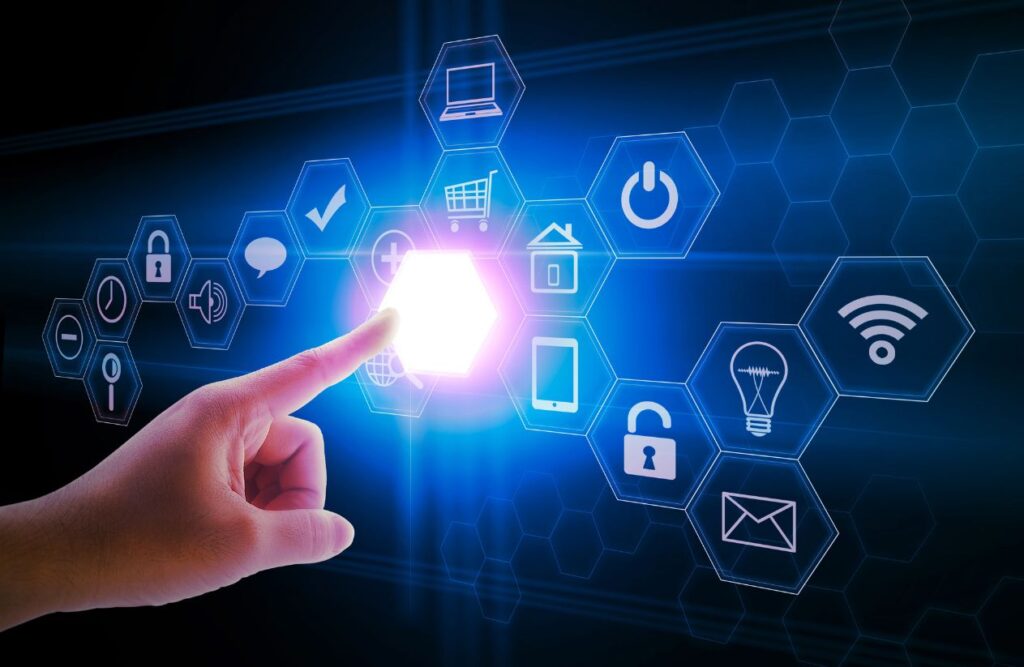
The landscape of event planning has been dramatically reshaped by advances in technology and a culture that embraces innovation.
By leveraging cutting-edge tools and creative approaches, professional event planners can now design experiences that are not only memorable but also deeply engaging for participants.
This section delves into the transformative role of technology and innovation in modern event planning, highlighting key areas where their impact is most pronounced.
Integrating Digital & Physical Spaces
A defining feature of contemporary event planning is the seamless integration of digital and physical environments.
Augmented reality (AR) and virtual reality (VR) technologies have opened up new frontiers, enabling attendees to immerse themselves in completely fabricated worlds or enhancing real-world settings with digital overlays.
This blend of physical and virtual elements not only enriches the attendee experience but also broadens access, allowing global participation in events that were previously bound by geographical constraints.
Live streaming and social media integrations further extend the reach of events, turning local gatherings into global conversations.
Personalization through Big Data

Big data analytics has revolutionized the way event planners understand and engage with their audiences.
By analyzing vast amounts of data from previous events, social media interactions, and attendee feedback, planners can now tailor experiences to the specific interests and preferences of their audience.
This level of personalization ensures that each event resonates more deeply with participants, increasing satisfaction and fostering a stronger emotional connection to the brand or cause being promoted.
Moreover, predictive analytics can be used to anticipate future trends, enabling planners to stay ahead of attendee expectations and industry developments.
Enhancing Engagement with Interactive Technologies
Interactive technology plays a pivotal role in modern event planning by fostering active participation and engagement among attendees.
Technologies such as interactive kiosks, mobile apps, and wearable devices facilitate networking, information sharing, and engagement in real time.
Polling and feedback mechanisms built into these platforms provide immediate insights into attendee preferences and experiences, allowing for agile adjustments to programming and content delivery.
Additionally, gamification elements can be integrated into events to encourage participation in activities, promoting learning, networking, and fun in a cohesive package.
The incorporation of technology and innovation into event planning not only elevates the attendee experience but also offers event planners unprecedented control over the design and execution of memorable experiences.
As technology evolves, so too will the opportunities for creating engaging, personalized, and immersive events that captivate and delight audiences worldwide.
Crafting the Perfect Setlist: Tips for Musicians, DJs, and Entertainers
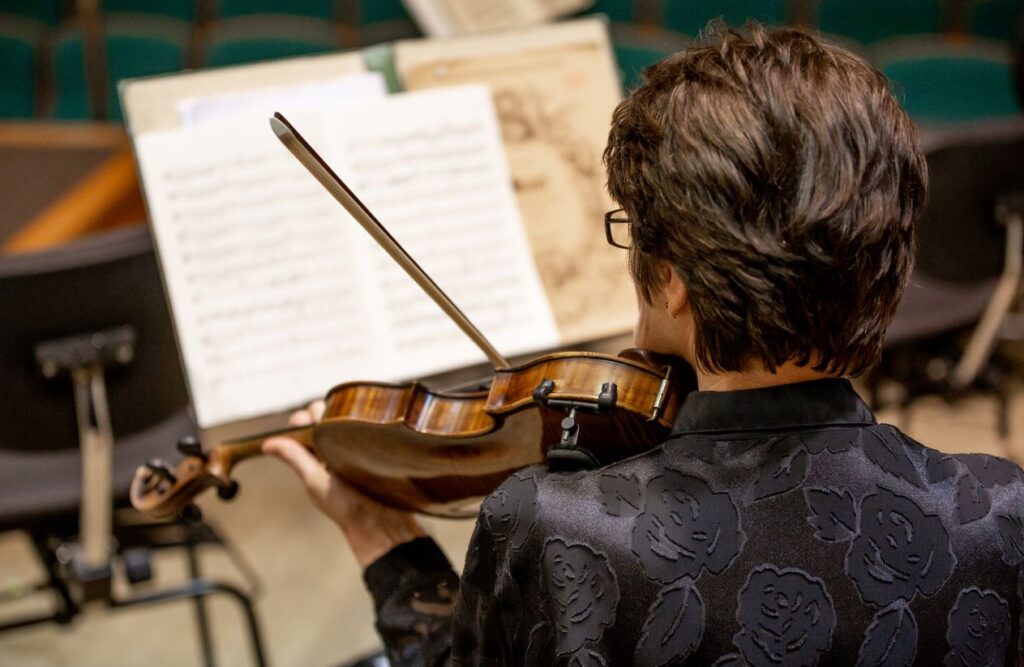
Crafting the ideal setlist is a subtle art that can significantly elevate the attendee experience at any event, whether you’re a musician, DJ, or entertainer.
A well-thought-out setlist not only ensures a smooth flow of entertainment but also maximizes audience engagement and satisfaction. Here are some expert tips to help you curate that perfect lineup of songs or performances.
Understanding Your Audience
The first step in crafting the perfect setlist is to understand the demographics and preferences of your audience.
Age, cultural background, and the type of event (wedding, corporate event, festival, etc.) play crucial roles in determining what might resonate best with them.
It’s equally important to consider the event’s theme and mood when selecting your songs or acts.
Tailoring your selections to fit the audience’s tastes while still injecting your unique style will create a memorable experience for everyone involved.
Sequencing for Success
The order of performances can make or break your setlist. Start with a few well-known, energetic pieces to grab attention and build momentum.
As the event progresses, incorporate a mix of highs and lows to keep the audience engaged and emotionally connected.
For example, a slower ballad or an intimate magic trick can offer a nice contrast before ramping up the energy again.
The goal is to take your audience on a journey, culminating in a high-energy finale that leaves them wanting more.
Flexibility and Readiness to Adapt
Even the most meticulously planned setlist might need on-the-fly adjustments based on the audience’s reaction.
Being observant and adaptable is key. Prepare a few additional pieces or acts that can be swapped in to maintain the energy level or to match the audience’s changing mood.
This flexibility allows you to sustain engagement throughout the event, ensuring that every attendee leaves with a positive and lasting impression.
Remember, crafting the perfect setlist is an ongoing learning process. Each event offers new insights and opportunities to refine your approach.
By paying close attention to your audience, thoughtfully sequencing your performances, and remaining flexible, you can master the art of setlist creation and become an unforgettable part of any event’s success.
Mastering Event Design: Frequently Asked Questions
When dealing with event design, even the most skilled professionals encounter common hurdles that can seem daunting at first.
Below, we address some of these frequent issues and provide expert insights to navigate through them effectively, ensuring your event is a resounding success.
How Can I Maximize Small Spaces?
Focus on vertical decorations and clever layout planning, Utilize tall centerpieces and hanging decor to draw the eye upward, giving the illusion of a larger area, and opt for furniture that can serve multiple purposes.
How To Deal with Limited Budgets?
Start by identifying the elements that hold the most significance for your event, allocate funds accordingly, and invest in quality entertainment or a standout menu item rather than lavish decorations.
How do I make sure my event is safe and comfortable?
Follow current health and safety guidelines. Plan for crowd control and sanitation. Clearly communicate safety measures to your guests.
By integrating these aspects smoothly into your event’s design, you can create a safe environment that still feels welcoming and engaging.
Navigating these common challenges can seem overwhelming, but with the right strategies and a creative approach, you can design an unforgettable event that meets your objectives while ensuring the comfort and safety of your guests.
Keep these tips in mind as you plan, and don’t hesitate to seek inspiration from past successes and innovations in the field.
